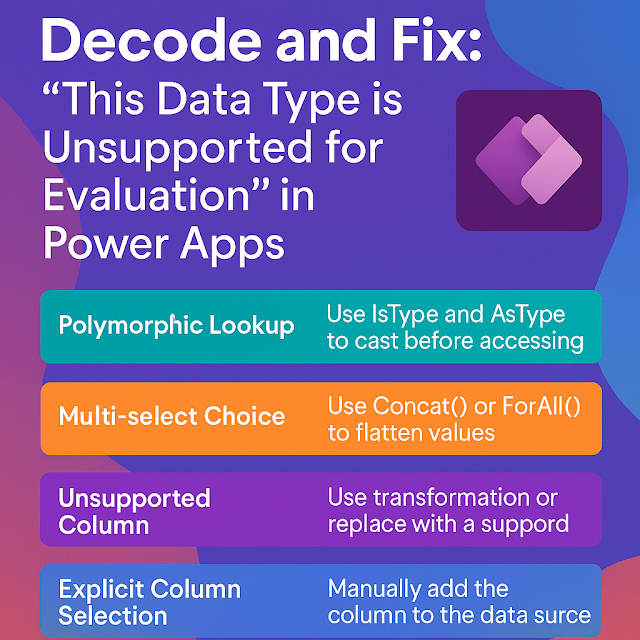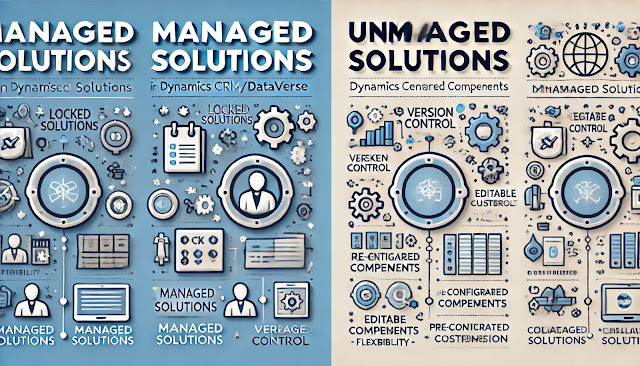Dynamics 365 Field Service : Configure work order types and work order resolutions
In Dynamics 365 Field Service, after setting up your core products and services, the next key configuration is defining Work Order Types and Work Order Resolutions. These settings help streamline scheduling, pricing, and service reporting.
1. Work Order Types
Work Order Types allow organizations to categorize the kinds of service work being performed. Examples include:
- Installation
- Preventive Maintenance
- Inspection
- Repair
- Standard Service Calls
These categories help automate certain aspects of the work order, such as assigning specific incident types or price lists. They also enhance reporting accuracy and technician assignment.
👉 How to Define Work Order Types:
- Go to the Field Service app.
- Navigate to Settings → Work Order Types.
- Click “+ New” to create a new type.
- Provide a name and description.
- Optionally associate it with default incident types or templates.
2. Work Order Status
Every work order in Field Service passes through multiple lifecycle stages before being billed. These include:
- Open – Unscheduled: Created but not yet scheduled.
- Open – Scheduled: Assigned to a technician but work hasn't started.
- Open – In Progress: Technician is actively working.
- Open – Completed: Work is done but waiting for review.
- Closed – Posted: Final approval done; billing can proceed.
- Closed – Canceled: Job was canceled and won’t be billed.
⚠️ Note: It’s recommended not to modify these default statuses. They are linked to core system workflows and altering them may break related functionality.
3. Work Order Sub Status
Sub statuses add more context to a work order’s main status. For example:
- Status: Open – Unscheduled
- Sub Status: Waiting for Parts or Pending Customer Signature
- Status: Open – Completed
- Sub Status: Follow-up Required
These can also influence scheduling behavior. For example, a sub status of “Parts Not Received” could prevent the job from appearing on the scheduling board until the parts arrive.
To Configure Sub Status:
1. Go to Settings → Work Order Sub Status.
2. Click “+ New”.
3. Define:
- Name (e.g., Awaiting Parts)
- System Status it relates to (e.g., Open – Unscheduled)
- Set as Default (if it should be automatically selected)
Best Practice: Think strategically about sub status usage. For example, if you want only “Ready for Scheduling” jobs to show on the schedule board, you must customize the resource requirement view accordingly.
Summary of Benefits:
- Efficient classification of jobs
- Enhanced visibility into job progress
- Controlled scheduling logic
- Streamlined reporting and analysis












Comments
Post a Comment